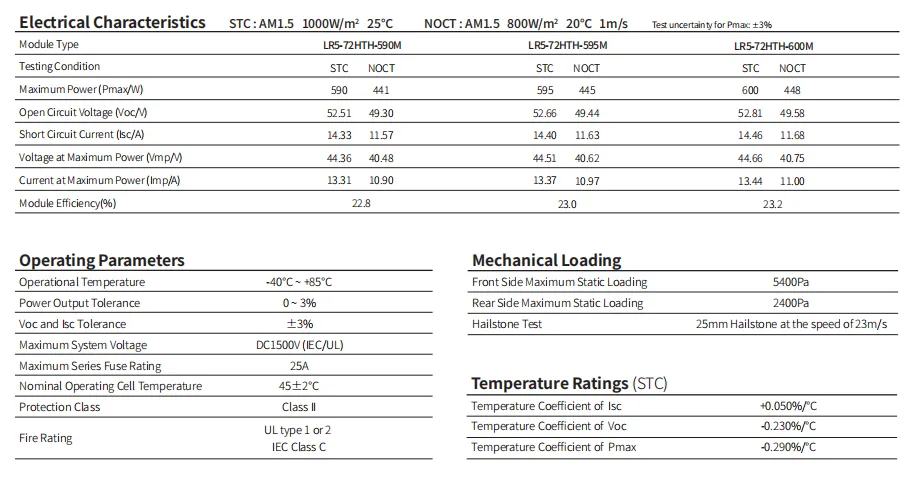Different Roof Designs Suitable for Solar Panel Installation and Energy Efficiency
Types of Roofs for Solar Panels A Comprehensive Guide
As the demand for renewable energy continues to grow, solar panels have become an increasingly popular choice for homeowners and businesses looking to harness solar energy. However, the effectiveness and installation of solar panels greatly depend on the type of roof they are mounted on. Understanding the various types of roofs is crucial for maximizing energy efficiency and ensuring the longevity of the solar installation. This article explores several roof types suitable for solar panels, each with distinct characteristics and considerations.
1. Flat Roofs
Flat roofs are one of the most common types found in commercial buildings and some residential homes. Their nearly horizontal surface allows for easy installation of solar panels. One of the key advantages of flat roofs is the flexibility they offer. Solar panels can be installed using tilt mounts, which can optimize the angle for capturing sunlight, thus enhancing energy efficiency. Additionally, flat roofs often have adequate space for larger solar installations, making them ideal for maximizing solar power production.
2. Pitched Roofs
Pitched roofs are characterized by their sloped surfaces and are prevalent in residential settings. These roofs can be further divided into different styles, including gable, hip, and mansard roofs. Solar panels can be directly mounted onto pitched roofs, allowing for a seamless installation process. The slope of the roof can also improve water drainage, reducing the risk of leaks or water damage. However, the orientation and angle of the pitch play a critical role in determining the system's efficiency. Ideally, south-facing pitched roofs provide the best exposure to sunlight, particularly in the Northern Hemisphere.
3. Metal Roofs
types of roofs for solar panels

Metal roofs, made from materials such as aluminum, steel, or copper, are becoming increasingly popular for solar panel installations. They offer a durable and lightweight option, with a lifespan that often exceeds that of traditional roofing materials. Metal roofs are also advantageous because they can be installed using special clamps that do not penetrate the roof surface, thereby minimizing the risk of leaks. Additionally, the reflective nature of metal can help reduce cooling costs in warmer climates, making it a smart choice for solar energy systems.
4. Tile Roofs
Tile roofs, particularly those made from clay or concrete, are another option for solar panel installations. While they provide an aesthetically pleasing look, installing solar panels on tile roofs can be more complex than on flat or metal roofs. Special mounting hardware and installation techniques are often required to avoid damaging the tiles. However, tile roofs can support solar installations effectively if the installation is done with care. It's essential to work with a contractor experienced in tile roof installations to ensure compatibility and longevity.
5. Asphalt Shingle Roofs
Asphalt shingle roofs are among the most common roofing materials in residential homes, offering a cost-effective solution. Solar panels can be installed directly on asphalt shingles, provided they are in good condition. However, homeowners should consider the age of the roof; if it's nearing the end of its lifespan, it may be wise to replace it before installation to avoid any additional costs later. Asphalt shingle roofs are versatile and suitable for a range of installations, making them a favorable choice for solar energy.
Conclusion
Choosing the right roof for solar panel installation is essential for maximizing energy efficiency and ensuring a successful renewable energy project. From flat roofs to pitched roofs, metal roofs to tile and asphalt shingles, each type offers unique advantages and considerations. Homeowners and businesses should evaluate their specific roof type, orientation, and condition when considering solar energy installations. Consulting with a solar energy expert can provide invaluable insights, helping to enhance energy savings while contributing to a sustainable future. By understanding the dynamics of different roof types, stakeholders can make informed decisions that pave the way for effective solar energy use.
-
Navigating Off Grid Solar Inverter: From Use Cases to Trusted PartnersNewsAug.05,2025
-
Solar Edge String Inverter: A Wholesaler’s Guide to Inverter Technology SelectionNewsAug.05,2025
-
Microinverters: Revolutionizing Solar Energy UseNewsAug.05,2025
-
Future of Monocrystalline Solar Panel Efficiency: Latest Technological AdvancesNewsAug.05,2025
-
Solar Panels for House: A Complete Guide to Residential Solar EnergyNewsAug.05,2025
-
Panel Bifacial Performance in Snow and Low-Light ConditionsNewsAug.05,2025







